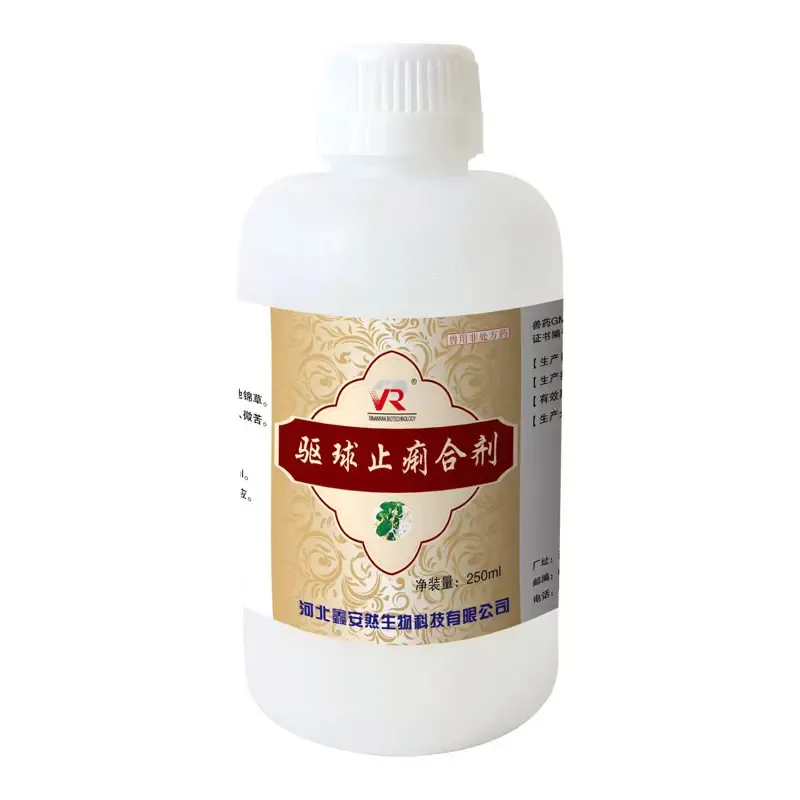- Afrikaans
- Albanian
- Amharic
- Arabic
- Armenian
- Azerbaijani
- Basque
- Belarusian
- Bengali
- Bosnian
- Bulgarian
- Catalan
- Cebuano
- Corsican
- Croatian
- Czech
- Danish
- Dutch
- English
- Esperanto
- Estonian
- Finnish
- French
- Frisian
- Galician
- Georgian
- German
- Greek
- Gujarati
- Haitian Creole
- hausa
- hawaiian
- Hebrew
- Hindi
- Miao
- Hungarian
- Icelandic
- igbo
- Indonesian
- irish
- Italian
- Japanese
- Javanese
- Kannada
- kazakh
- Khmer
- Rwandese
- Korean
- Kurdish
- Kyrgyz
- Lao
- Latin
- Latvian
- Lithuanian
- Luxembourgish
- Macedonian
- Malgashi
- Malay
- Malayalam
- Maltese
- Maori
- Marathi
- Mongolian
- Myanmar
- Nepali
- Norwegian
- Norwegian
- Occitan
- Pashto
- Persian
- Polish
- Portuguese
- Punjabi
- Romanian
- Russian
- Samoan
- Scottish Gaelic
- Serbian
- Sesotho
- Shona
- Sindhi
- Sinhala
- Slovak
- Slovenian
- Somali
- Spanish
- Sundanese
- Swahili
- Swedish
- Tagalog
- Tajik
- Tamil
- Tatar
- Telugu
- Thai
- Turkish
- Turkmen
- Ukrainian
- Urdu
- Uighur
- Uzbek
- Vietnamese
- Welsh
- Bantu
- Yiddish
- Yoruba
- Zulu
7 月 . 25, 2024 04:40 Back to list
Guide to Effectively Administering Albendazole Oral Suspension for Parasitic Infections Treatment
How to Use Albendazole Oral Suspension IP
Albendazole is an antiparasitic medication commonly used to treat a variety of parasitic infections. Available in oral suspension form, it is often prescribed for children and adults who may have difficulty swallowing tablets. In this article, we will discuss how to effectively use Albendazole oral suspension IP, including dosage, administration, and potential side effects.
Understanding Albendazole
Albendazole works by inhibiting the growth and reproduction of parasitic worms. It is effective against a range of infections, including those caused by roundworms, hookworms, and tapeworms. Due to its mechanism of action, it is essential to use this medication precisely as prescribed to achieve optimal results.
Dosage Guidelines
The dosage of Albendazole oral suspension varies based on the specific parasitic infection being treated, the patient’s age, and weight. It is crucial to follow the prescribing doctor’s instructions carefully. Generally, the recommended doses for adults and children may range from 400 mg to 800 mg per day, depending on the condition.
For young children, the dosage is usually determined by their weight. A common recommendation is 10 mg/kg body weight, not exceeding the adult dosage. For best outcomes, the treatment course may last from one day to several days, depending on the intensity of the infection. Always consult with a healthcare professional to determine the appropriate dosage for specific situations.
Administration
how to use albendazole oral suspension ip

Albendazole oral suspension should be taken as directed by your healthcare provider. It is usually taken with food to enhance absorption. Before each use, shake the bottle well to ensure that the suspension is uniformly mixed. Using the provided measuring spoon or syringe, measure the exact dose as prescribed to avoid accidental overdose or underdose.
If a dose is missed, it should be taken as soon as possible. However, if it is almost time for the next scheduled dose, skip the missed dose and continue with the regular dosing schedule. Never take two doses at once, as this can lead to an increased risk of side effects.
Potential Side Effects
Like any medication, Albendazole can cause side effects. Common side effects may include nausea, vomiting, abdominal pain, and headache. These symptoms are usually mild and resolve on their own. However, if you experience severe side effects, such as jaundice (yellowing of the skin or eyes), unusual bleeding or bruising, or signs of an allergic reaction (difficulty breathing, swelling of the face or throat), seek medical attention immediately.
It is also important to inform your healthcare provider of any pre-existing medical conditions or medications you are taking, as they can interact with Albendazole and affect its efficacy.
Conclusion
Proper use of Albendazole oral suspension IP is crucial for treating parasitic infections effectively. By following the prescribed dosage and administration guidelines, patients can achieve the best possible outcomes while minimizing the risk of side effects. Always consult with a healthcare professional for personalized advice and report any concerning symptoms during treatment. Remember that while Albendazole is effective in treating infections, it should be part of a broader strategy that includes good hygiene practices to prevent reinfection.
-
The Power of Radix Isatidis Extract for Your Health and Wellness
NewsOct.29,2024
-
Neomycin Sulfate Soluble Powder: A Versatile Solution for Pet Health
NewsOct.29,2024
-
Lincomycin Hydrochloride Soluble Powder – The Essential Solution
NewsOct.29,2024
-
Garamycin Gentamicin Sulfate for Effective Infection Control
NewsOct.29,2024
-
Doxycycline Hyclate Soluble Powder: Your Antibiotic Needs
NewsOct.29,2024
-
Tilmicosin Premix: The Ultimate Solution for Poultry Health
NewsOct.29,2024













